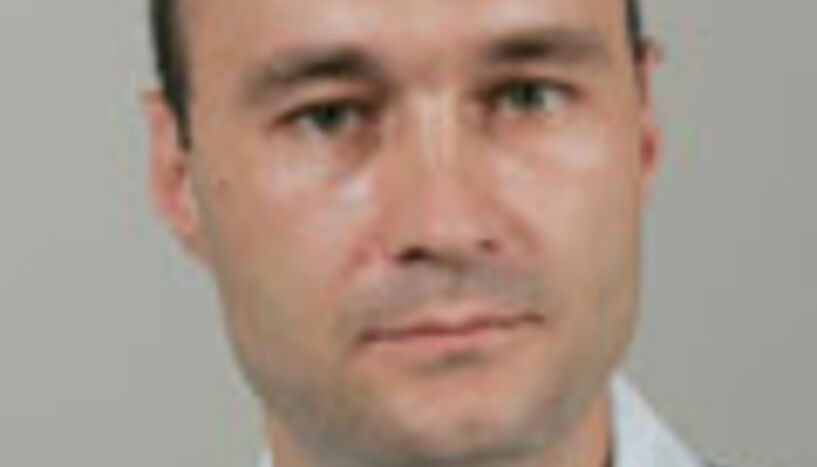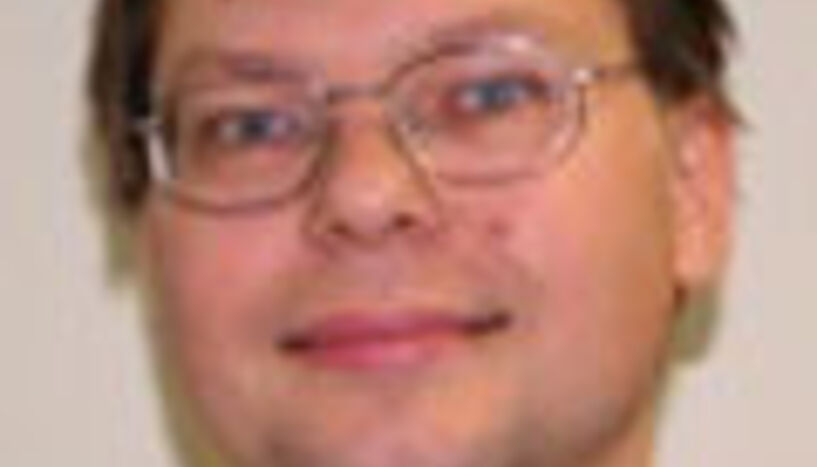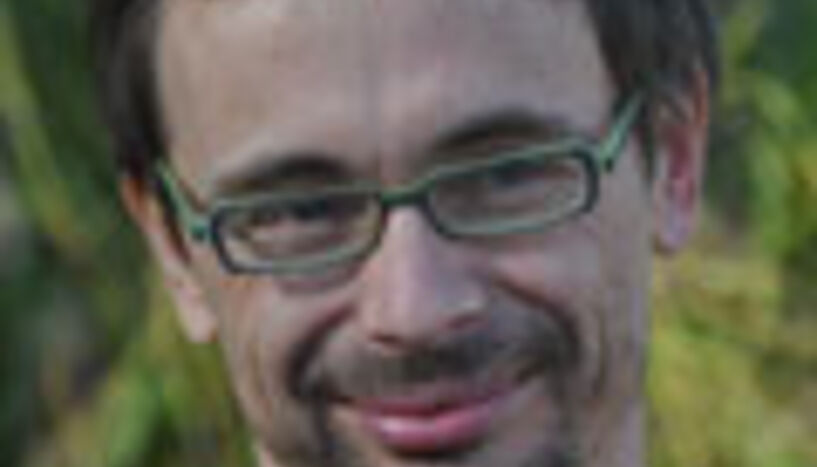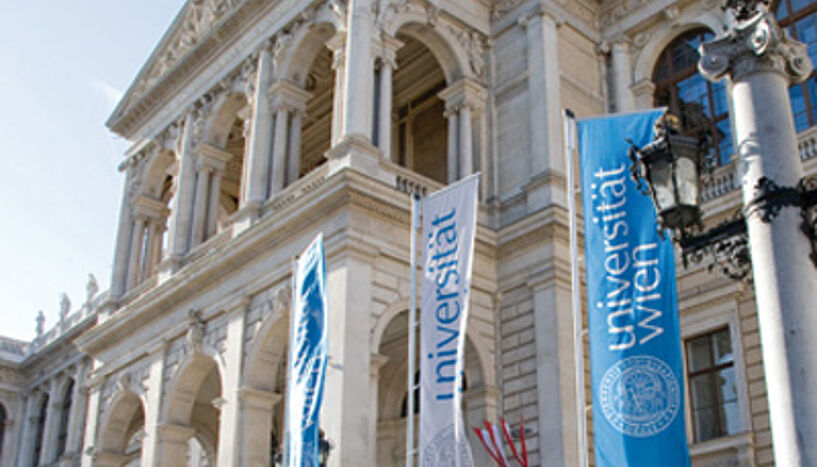
Professur für Synthetische Materialchemie an der Fakultät für Chemie
Curriculum Vitae:
1977-1987 Polytechnic School, POS "Fritz Reuter", Kritzkow (mittlere Reife, equiv. O-Level)
1987-1989 Extended Secondary School, EOS "John Brinckman", Güstrow, (Abitur, equiv. A-Level)
1991-1995 Study of Chemistry Diplom "Diplom Chemiker (Dipl.-Chem.)", Fachbereich Technische Chemie, Technical University Berlin
1994-1995 Student Assistant, Project title: Rheological Investigations of Polymer Solutions. Technical University Berlin, Institute for Chemical Engineering, Section Macromolecular Chemistry
1995 Student Assistant, Project title: Investigations of Maturing behaviour of High Voltage Cable Isolation Systems. Technical University Berlin, Department of Electrical Engineering, Institute of High-Voltage Engineering and Systems
1995-1999 Scientific Assistant to the Professor (Prof. Dr. J. Springer) and Teaching Assistant to the Institute of Technical Chemistry, Technical University Berlin, Department of Chemistry, Institute for Technical Chemistry
1995-1999 Doctor of Natural Sciences (Dr.rer.nat.) Technical University Berlin, Dept. of Chemistry, Institute for Chemical Engineering, Section Macromolecular Chemistry, Working Group of Prof. J. Springer (30.03.1999 PhD-Examination)
1999-2001 Post-doctoral Research Fellow in the Surfactant & Colloid Group, Dept. Chemistry, The University of Hull, UK, with Prof. Dr. R. Aveyard and Dr. J.H. Clint
2001-2002 Research and Development Engineer, Sulzer Innotec (Mechanical Systems/Composite Engineering Group)/later at Sulzer Composites (and Gurit SUPREM), Winterthur, Switzerland
2002-2006 Lecturer in Chemical Engineering in the Dept. of Chemical Engineering, Imperial College London
2006-2009 Reader in Advanced Materials in the Dept. of Chemical Engineering, Imperial College London
2010-2012 Professor of Polymer Materials in the Dept. of Chemical Engineering, Imperial College London
since September 2012 Professor of Synthetic Materials Chemistry, Faculty of Chemistry, University of Vienna
Research Areas:
Nanosized bacterial cellulose, truly green (fully renewable) composites, novel macroporous polymers, emulsion templating, responsive polymers gels, water soluble polymers for turbulent drag reduction, nano- and hierarchical composites, multifunctional composites for energy storage applications, thermoplastic composites, polymer surface modification, liquid/liquid/solid interfaces under pressure and flow through porous media.

Professur für Dynamische Systeme an der Fakultät für Mathematik
Curriculum Vitae:
1990 MSc. University of Groningen
1994 PhD Delft University of Technology
Postdoc positions and fellowships:
1994-1996 University of Erlangen-Nuremberg
1996-1998 KTH Stockholm
1998-2000 Caltech, Pasadena,
2000-2003 University of Groningen
2003-2012 University of Surrey, UK, full professor since April 2011
since September 2012 Professor for Dynamical Systems, Department of Mathematics, University of Vienna
Research Areas:
* Dynamical systems
* Ergodic theory
* Complex dynamics
* Continuum theory

Professur für Vegetation Science an der Fakultät für Lebenswissenschaften
Lebenslauf:
geboren 1967 in Ried i.I, Österreich
1985-1991 Studium der Kunstgeschichte, Philosophie und Rechtswissenschaften an der Universität Wien
1991-1998 Studium der Biologie / Ökologie an der Universität Wien
1998-2000 Wissenschaftlicher Mitarbeiter am Institut für Pflanzenphysiologie der Universität Wien
2000-2003 Doktoratsstudium der Ökologie an der Universität Wien
2004-2012 Mitbegründer des und wissenschaftlicher Mitarbeiter am Vienna Institute of Nature Conservation and Analyses
2005-2008 Postdoc und Lektor an der Universität Wien
2006 Habilitation für das Fach Ökologie an der Universität Wien
2008-2012 Universitätsassistent am Department für Naturschutzbiologie, Vegetations- und Landschaftsökologie der Universität Wien
seit September 2012 Professur für Vegetation Science am Department für Naturschutzbiologie, Vegetations- und Landschaftsökologie der Universität Wien
Forschungsschwerpunkte:
* Räumliche Biodiversitätsmuster und ihre zeitliche Veränderung (insbesondere unter Bedingungen des Klimawandels)
* Invasionsbiologie
* Simulationsmodelle für die räumliche Dynamik von Pflanzenpopulationen




